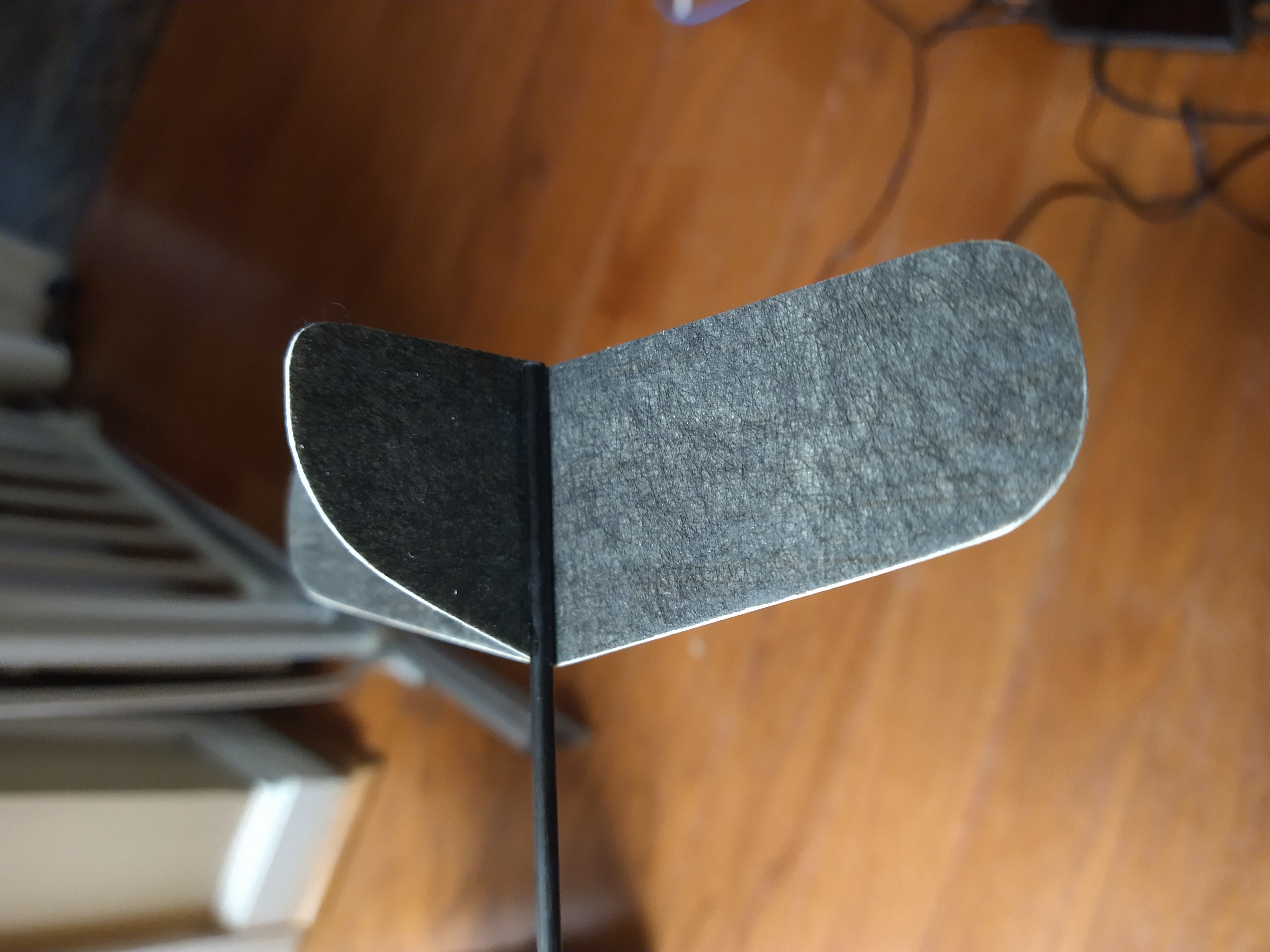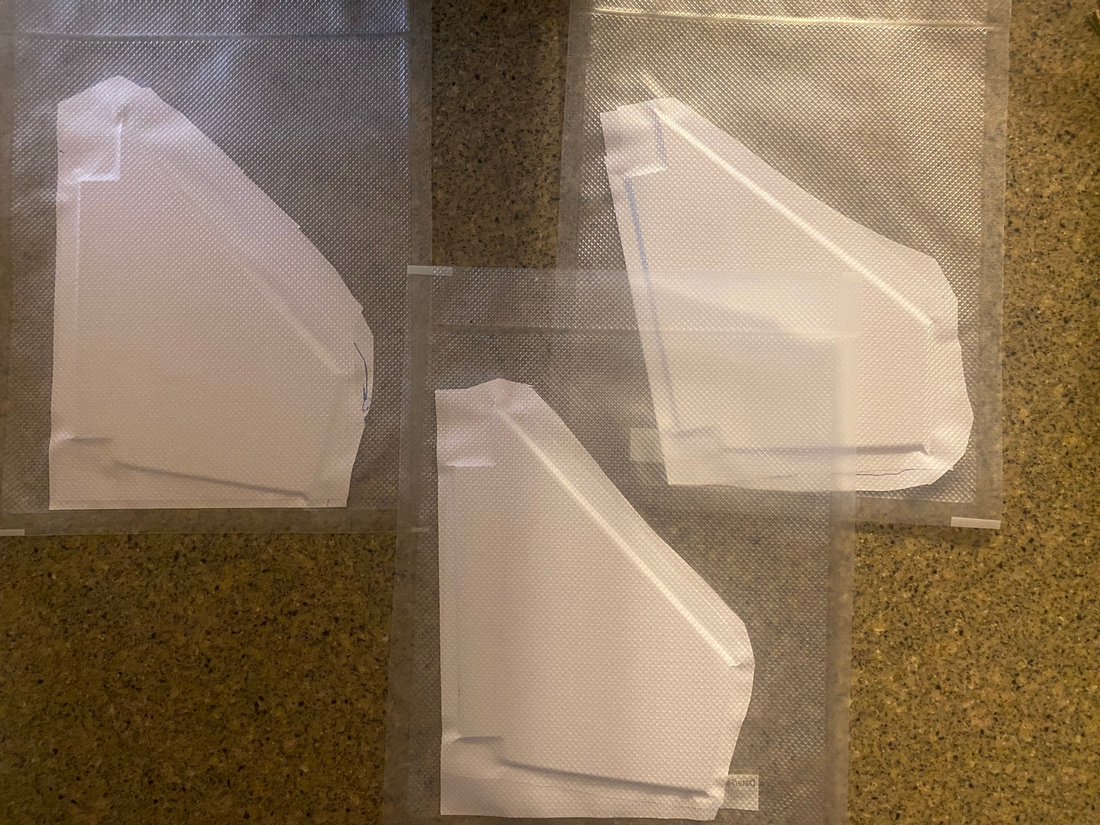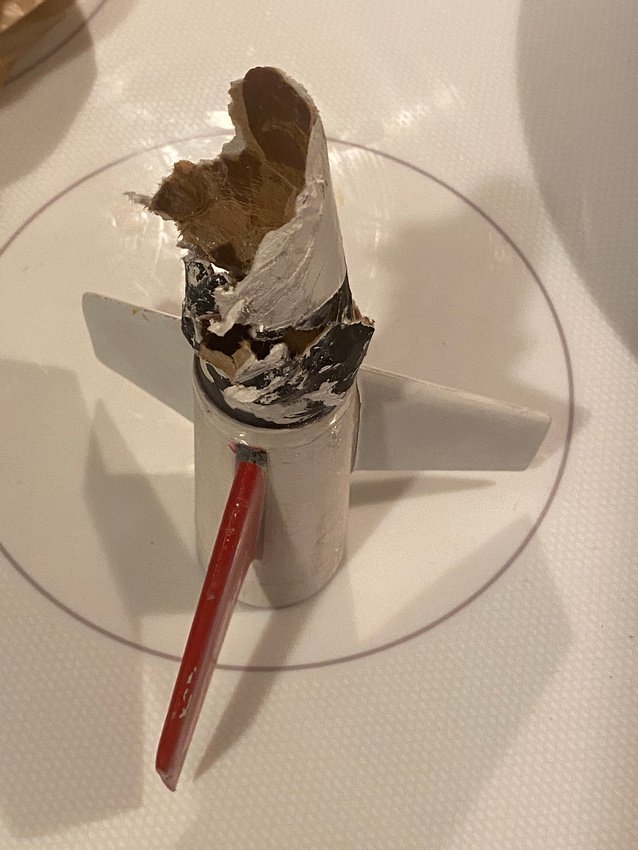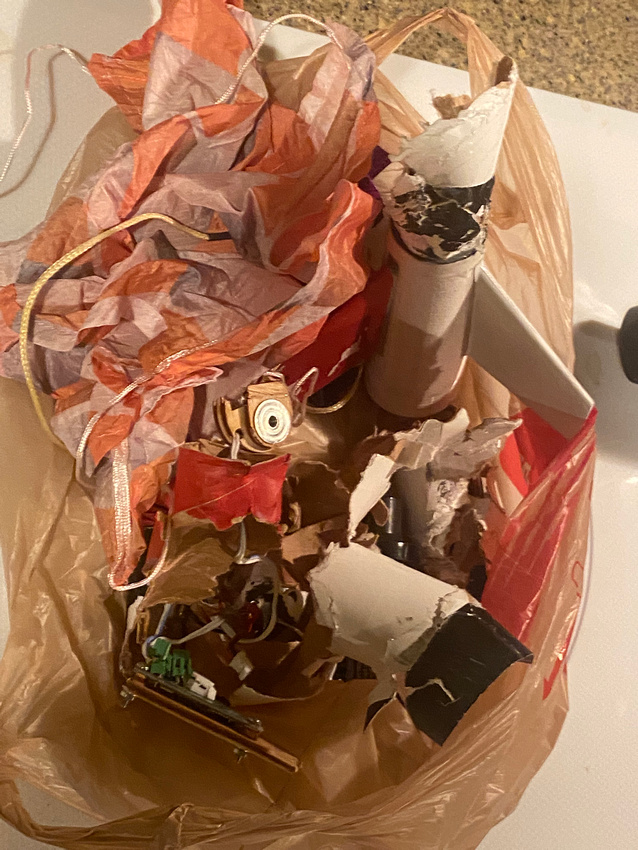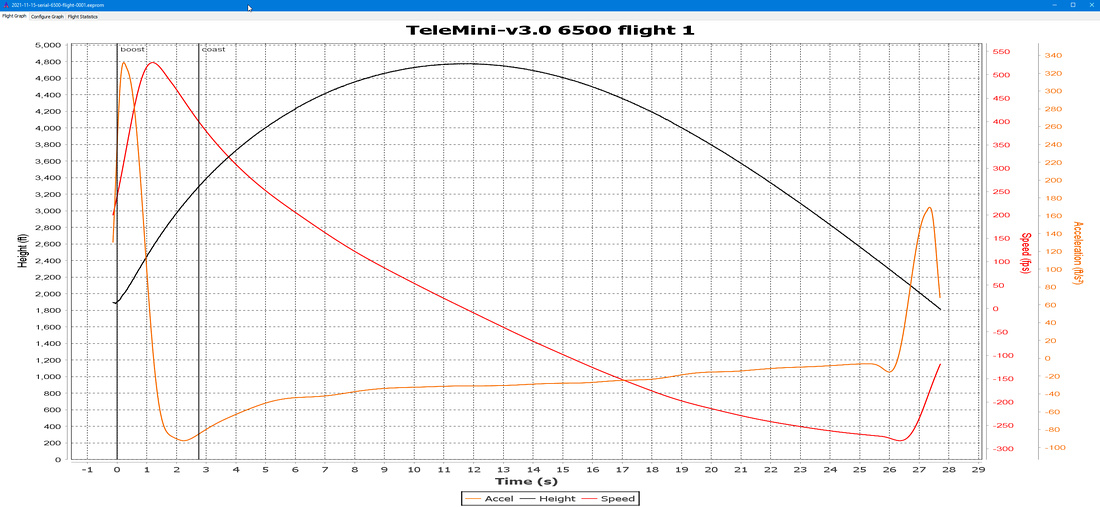TheAviator
Well-Known Member
- Joined
- Jan 18, 2009
- Messages
- 936
- Reaction score
- 123
In general, the vacuum pumps that people sell for doing vacuum bagging are meant for large parts for full-scale applications on aircraft and cars. For our much smaller models, I didn't feel like spending $200+ on a vacuum setup. So this is what I came up with instead. I picked up a little diaphram pump of Amazon for $20 and a starter set of vacuum bag supplies from ACP Composites. Here's the Bill of Materials:
As you can see, I'm out less than $100 and it seems to be working pretty well so far. This is my first test with it; I'm laying up a layer of 8 g/m**2 carbon veil on either side of a piece of light 1/32" balsa to make fin stock for my contest models. The flow rate on the pump is high enough that you don't need to wait forever for it to pull vacuum, but slow enough that you have time to adjust the bag as it sucks down. The pump is also positive displacement, so if you need some time to adjust the bag, you can just shut it off, adjust, and then restart without air flowing back into the bag. You can also see in the second photo that I'm lazy and just cut the connector off an old 12V power brick and used test leads to connect it to the motor. Hey, it works...
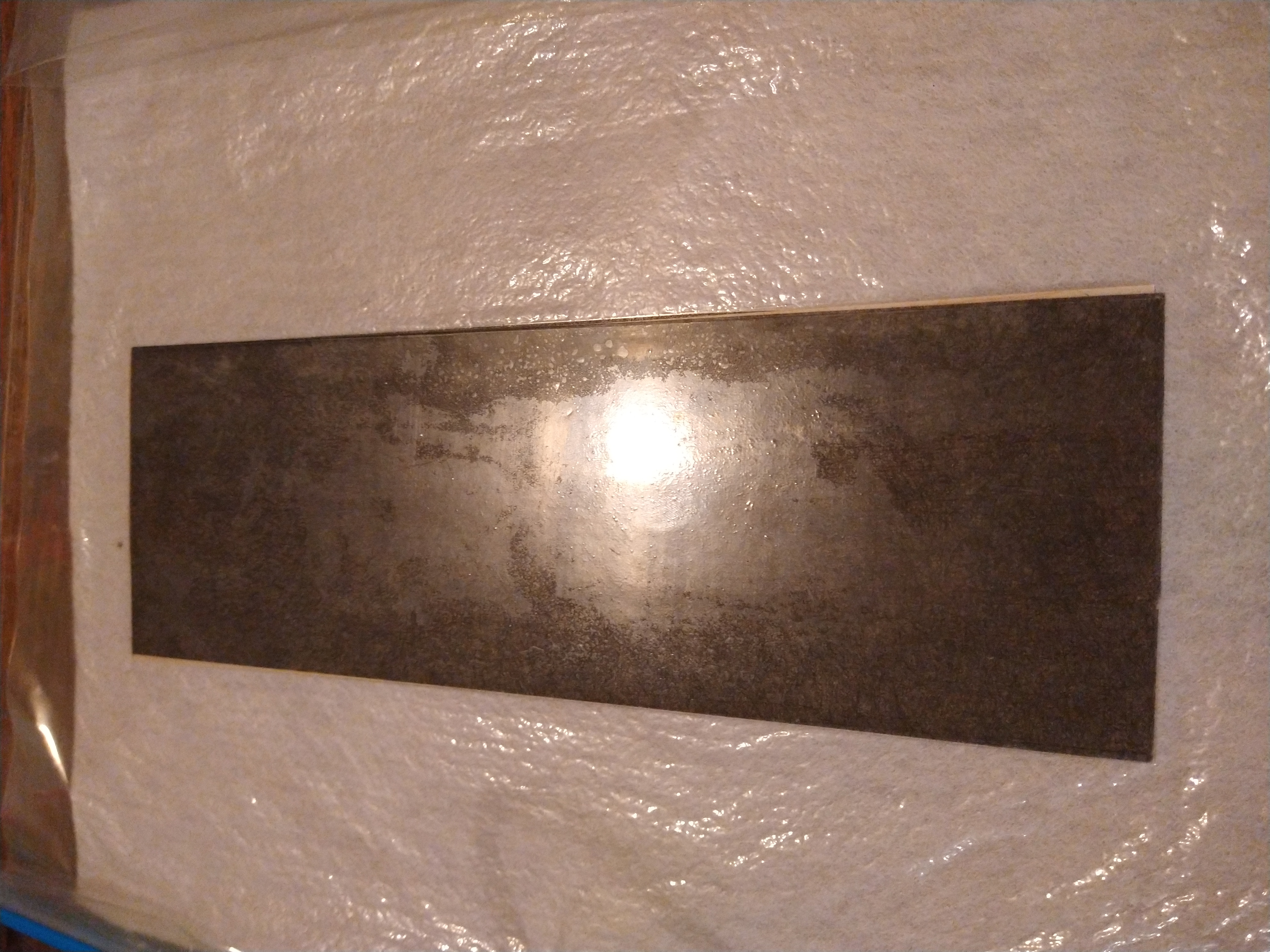
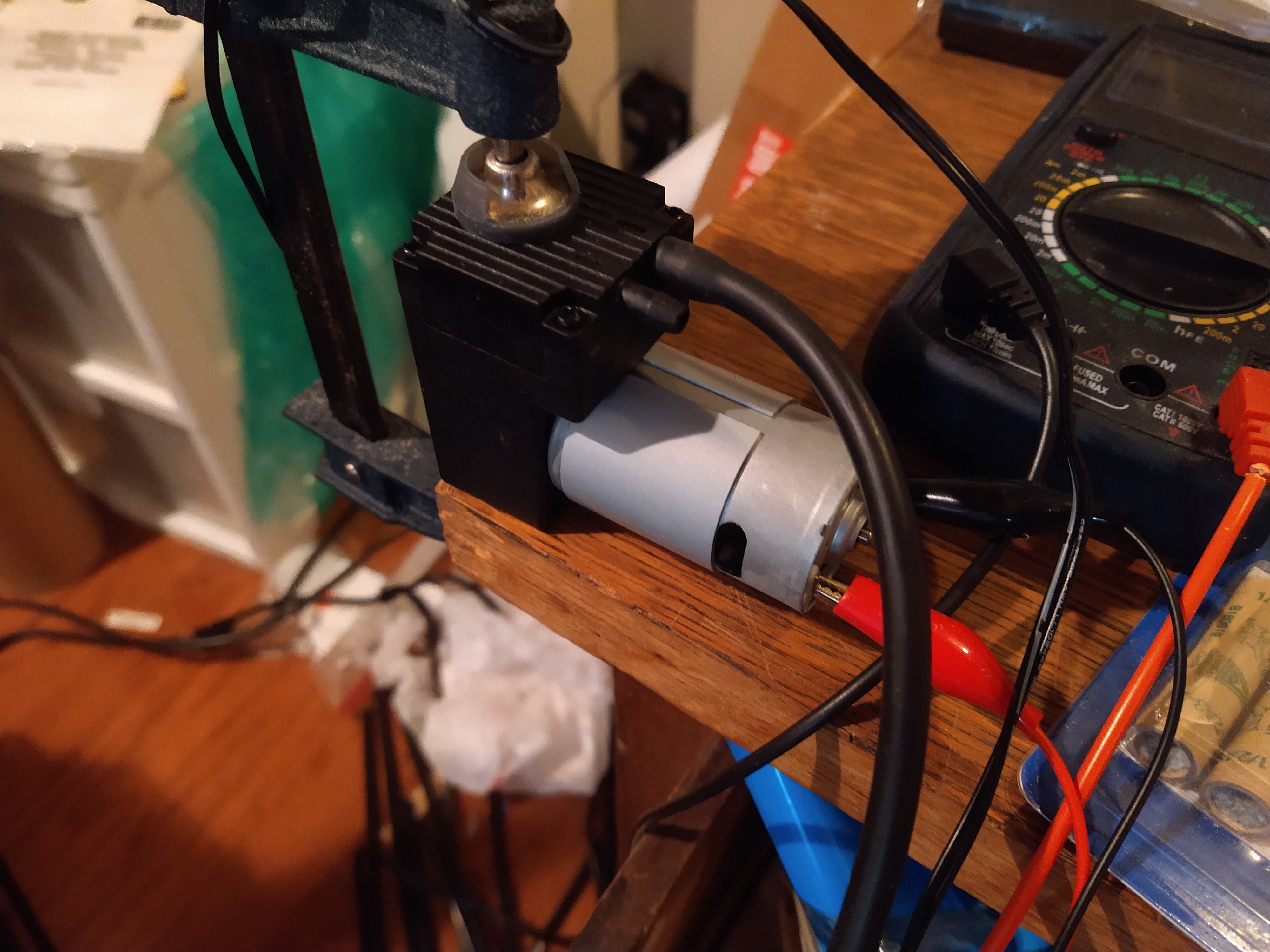
| Item | Link | Price |
| 12V Diaphragm Vacuum Pump | https://www.amazon.com/gp/product/B08ZBFK8SS/ref=ppx_yo_dt_b_search_asin_title?ie=UTF8&psc=1 | $24 |
| 18" Vac Bagging Kit | https://store.acpcomposites.com/vacuum-bagging-kits | $22 |
| EZ-Vac Bag Connector | https://store.acpcomposites.com/ez-vac-bag-connector | $14 |
| 10 ft. Neoprene Tubing | https://store.acpcomposites.com/neoprene-tubing | $18 |
| Generic 12V Power Supply (>1A) | Find something on Amazon or scavenge an old wall wart | <$10 |
| TOTAL | <$88 |
As you can see, I'm out less than $100 and it seems to be working pretty well so far. This is my first test with it; I'm laying up a layer of 8 g/m**2 carbon veil on either side of a piece of light 1/32" balsa to make fin stock for my contest models. The flow rate on the pump is high enough that you don't need to wait forever for it to pull vacuum, but slow enough that you have time to adjust the bag as it sucks down. The pump is also positive displacement, so if you need some time to adjust the bag, you can just shut it off, adjust, and then restart without air flowing back into the bag. You can also see in the second photo that I'm lazy and just cut the connector off an old 12V power brick and used test leads to connect it to the motor. Hey, it works...








